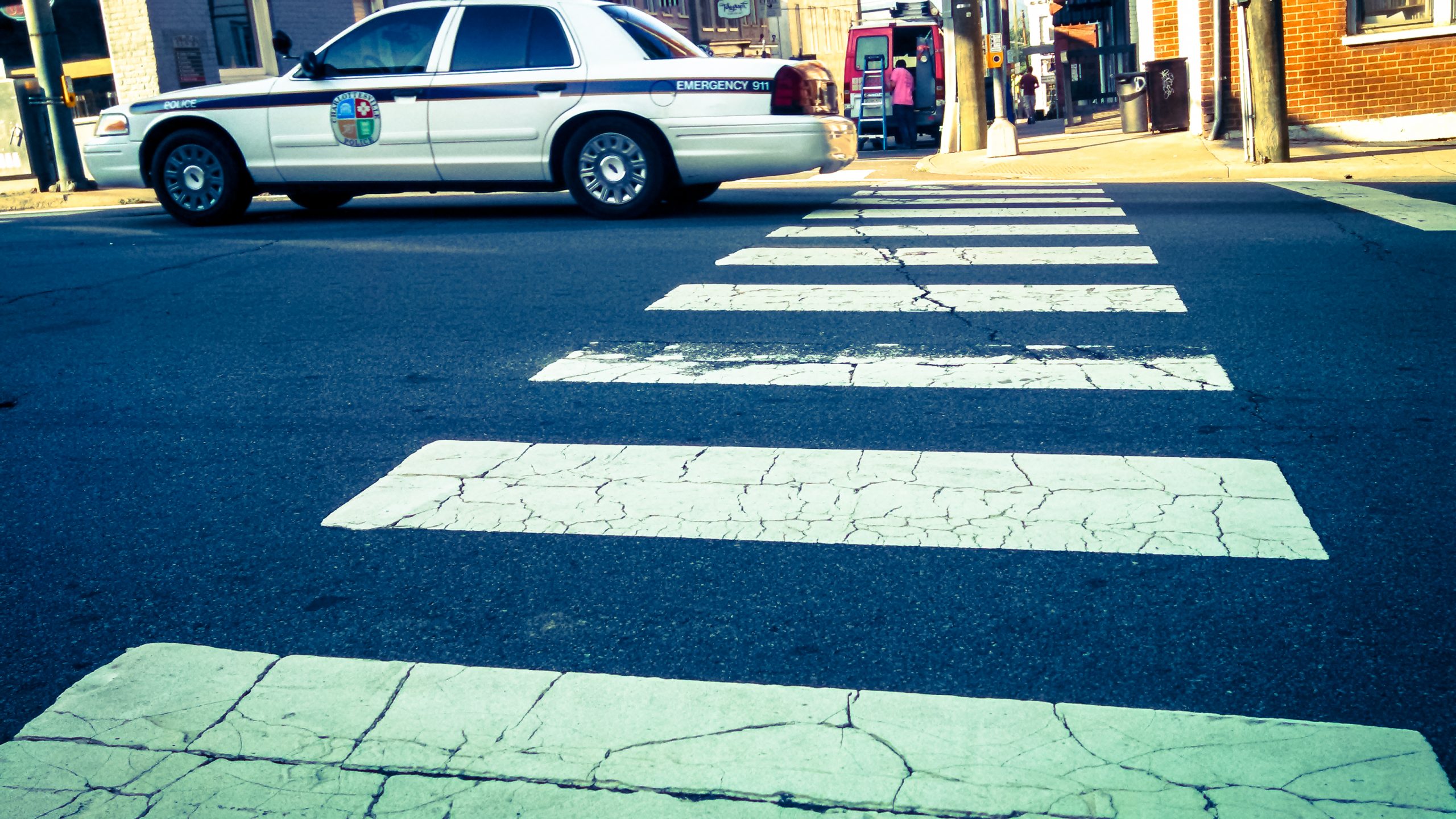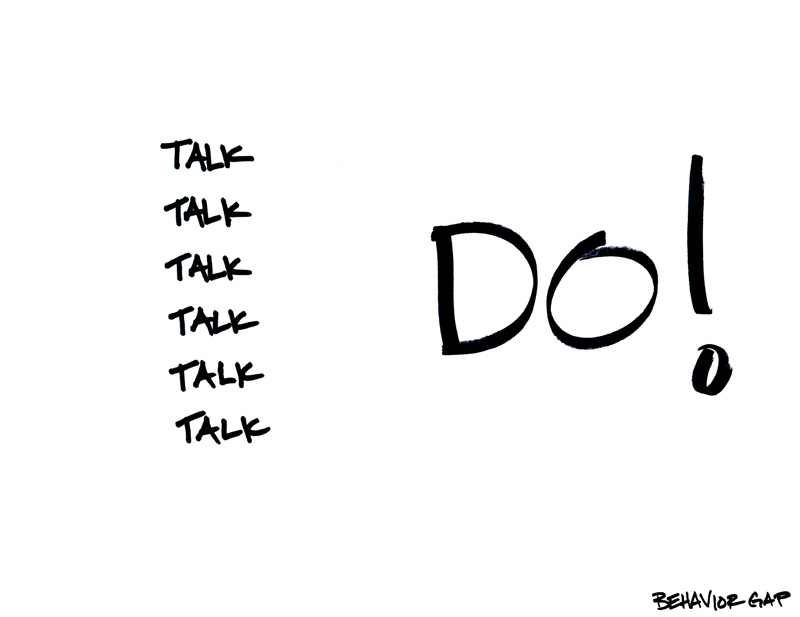
Captcha Examples
What Does CAPTCHA Mean? | CAPTCHA Types & Examples
What is CAPTCHA
CAPTCHA stands for the Completely Automated Public Turing test to tell Computers and Humans Apart. CAPTCHAs are tools you can use to differentiate between real users and automated users, such as bots. CAPTCHAs provide challenges that are difficult for computers to perform but relatively easy for humans. For example, identifying stretched letters or numbers, or clicking in a specific area.
What are CAPTCHAs Used for
CAPTCHAs are used by any website that wishes to restrict usage by bots. Specific uses include:
Maintaining poll accuracy—CAPTCHAs can prevent poll skewing by ensuring that each vote is entered by a human. Although this does not limit the overall number of votes that can be made, it makes the time required for each vote longer, discouraging multiple votes.
Limiting registration for services—services can use CAPTCHAs to prevent bots from spamming registration systems to create fake accounts. Restricting account creation prevents waste of a service’s resources and reduces opportunities for fraud.
Preventing ticket inflation—ticketing systems can use CAPTCHA to limit scalpers from purchasing large numbers of tickets for resale. It can also be used to prevent false registrations to free events.
Preventing false comments—CAPTCHAs can prevent bots from spamming message boards, contact forms, or review sites. The extra step required by a CAPTCHA can also play a role in reducing online harassment through inconvenience.
How Does CAPTCHA Work
CAPTCHAs work by providing information to a user for interpretation. Traditional CAPTCHAs provided distorted or overlapping letters and numbers that a user then has to submit via a form field. The distortion of the letters made it difficult for bots to interpret the text and prevented access until the characters were verified.
This CAPTCHA type relies on a human’s ability to generalize and recognize novel patterns based on variable past experience. In contrast, bots can often only follow set patterns or input randomized characters. This limitation makes it unlikely that bots will correctly guess the right combination.
Since CAPTCHA was introduced, bots that use machine learning have been developed. These bots are better able to identify traditional CAPTCHAs with algorithms trained in pattern recognition. Due to this development, newer CAPTCHA methods are based on more complex tests. For example, reCAPTCHA requires clicking in a specific area and waiting until a timer runs out.
Drawbacks of Using CAPTCHA
The overwhelming benefit of CAPTCHA is that it is highly effective against all but the most sophisticated bad bots. However, CAPTCHA mechanisms can negatively affect the user experience on your website:
Disruptive and frustrating for users
May be difficult to understand or use for some audiences
Some CAPTCHA types do not support all browsers
Some CAPTCHA types are not accessible to users who view a website using screen readers or assistive devices
CAPTCHA Types: Examples
Modern CAPTCHAs fall into three main categories—text-based, image-based, and audio.
Text-based CAPTCHAs
Text-based CAPTCHAs are the original way in which humans were verified. These CAPTCHAs can use known words or phrases, or random combinations of digits and letters. Some text-based CAPTCHAs also include variations in capitalization.
The CAPTCHA presents these characters in a way that is alienated and requires interpretation. Alienation can involve scaling, rotation, distorting characters. It can also involve overlapping characters with graphic elements such as color, background noise, lines, arcs, or dots. This alienation provides protection against bots with insufficient text recognition algorithms but can also be difficult for humans to interpret.
Text-based CAPTCHA patterns
Techniques for creating text-based CAPTCHAs include:
Gimpy—chooses an arbitrary number of words from an 850-word dictionary and provides those words in a distorted fashion.
EZ-Gimpy—is a variation of Gimpy that uses only one word.
Gimpy-r—selects random letters, then distorts and adds background noise to characters.
Simard’s HIP—selects random letters and numbers, then distorts characters with arcs and colors.
CAPTCHA Image
Image-based CAPTCHAs were developed to replace text-based ones. These CAPTCHAs use recognizable graphical elements, such as photos of animals, shapes, or scenes. Typically, image-based CAPTCHAs require users to select images matching a theme or to identify images that don’t fit.
You can see an example of this type of CAPTCHA below. Note that it defines the theme using an image instead of text.
Example of image-based CAPTCHA
Image-based CAPTCHAs are typically easier for humans to interpret than text-based. However, these tools present distinct accessibility issues for visually impaired users. For bots, image-based CAPTCHAs are more difficult than text to interpret because these tools require both image recognition and semantic classification.
Audio CAPTCHA
Audio CAPTCHAs were developed as an alternative that grants accessibility to visually impaired users. These CAPTCHAs are often used in combination with text or image-based CAPTCHAs. Audio CAPTCHAs present an audio recording of a series of letters or numbers which a user then enters.
These CAPTCHAs rely on bots not being able to distinguish relevant characters from background noise. Like text-based CAPTCHAs, these tools can be difficult for humans to interpret as well as for bots.
Math or Word Problems
Some CAPTCHA mechanisms ask users to solve a simple mathematical problem such as “3+4” or “18-3”. The assumption is that a bot will find it difficult to identify the question and devise a response. Another variant is a word problem, asking the user to type the missing word in a sentence, or complete a sequence of several related terms. These types of problems are accessible to vision impaired users, but at the same time they may be easier for bad bots to solve.
Social Media Sign In
A popular alternative to CAPTCHA is requiring users to sign in using a social profile such as Facebook, Google or LinkedIn. The user’s details will be automatically filled in using single sign on (SSO) functionality provided by the social media website.
This is still disruptive, but may actually be easier for the user to complete than other forms of CAPTCHA. An additional benefit is that it is a convenient registration mechanism.
No CAPTCHA ReCAPTCHA
This type of CAPTCHA, known for its use by Google, is much easier for users than most other types. It provides a checkbox saying “I am not a robot” which users need to select – and that’s all. It works by tracking user movements and identifying if the click and other user activity on the page resembles human activity or a bot. If the test fails, reCAPTCHA provides a traditional image selection CAPTCHA, but in most cases the checkbox test suffices to validate the user.
Imperva Bot Detection: CAPTCHA as a Last Line of Defense
Imperva provides a bot detection solution that is built for minimal business disruption. It offers several types of challenges which filter out bad bot traffic with minimal impact on human users—including device fingerprinting, cookie challenges and JavaScript challenges.
Imperva provides the option to deploy CAPTCHAs, but uses it as the final line of defense, if all other bot identification mechanisms fail. This means it will be used for a very small percentage of user traffic. Imperva does provide the option to manually enforce CAPTCHA, for websites that need a stricter approach to advanced bot protection.
In addition to providing bad bot mitigation, Imperva provides multi-layered protection to make sure websites and applications are available, easily accessible and safe. The Imperva application security solution includes:
DDoS Protection—maintain uptime in all situations. Prevent any type of DDoS attack, of any size, from preventing access to your website and network infrastructure.
CDN—enhance website performance and reduce bandwidth costs with a CDN designed for developers. Cache static resources at the edge while accelerating APIs and dynamic websites.
Cloud WAF—permit legitimate traffic and prevent bad traffic. Safeguard your applications at the edge with an enterprise‑class cloud WAF.
Gateway WAF—keep applications and APIs inside your network safe with Imperva Gateway WAF.
RASP—keep your applications safe from within against known and zero‑day attacks. Fast and accurate protection with no signature or learning mode.

8 widely used captcha examples – Lets Nurture
Completely Automated Public Turing test to tell Computers and Humans Apart. (Blinks several times. )
Famously known CAPTCHA is a type of challenge test used in computing to identify whether the user is human or not. CAPTCHA comes in several sizes and of different types. These all works quite well against spam some are harder to solve, some are fun and some will benefit you monetarily on your website. There are many CAPTCHA examples but the most widely used are mentioned below:
Word solving
Audio
Branded
3D
Math solution
Drag and Drop
JQuery Slider
Tic Tac Toe
1. The standard word captcha with an audio option
This is the standard captcha available whenever a security check-in is required, where you need to write the word which has been displayed. But some of the distorted word images are hard to solve. To get this pass through it allows you to use the option of “Recaptcha”, in order to receive a new one. There is also an audio option if you are unable to visually make out the word. These are the most commonly used while preparing a form in website development or app development.
2. Picture identification of captcha
This captcha provides users for selecting the elementary choice of selecting the correct image that they are asked to identify. This type of captcha usually never gets harder than the basic images, so you do not have to worry about your users not being able to depict them.
3. Math Solution
This type of captcha involves basic math problems and if your user cannot solve this basic questions then probably you do not want them to visit your website further. This provides with easy to read numbers and must be solved to get through the captcha.
4. 3D captcha
These type of captchas are called as “Super Captcha” because there are several 3D images which include both images and words and thus becomes hard for one to solve it.
5. Ad-injected captcha
These type of captcha helps your websites to earn some extra cash by publishing it, which in turn also helps in terms of brand recognition.
6. jQuery slider Captcha
This is a plugin which gives you the ability to add captcha to your forms which are easy to use. This plugin is very useful to keep the spammers away. This plugin lock is disabled until a person slides it to enable it.
7. Drag and drop Captcha
This is also one of the easy to use captchas. It is jQuery based which allows user to drag the required object or shape to pass through the security gate.
8. Tic Tac Toe Captcha
This captcha which involves gamification was designed for fun and an easy way to ensure that only humans can interact with your website. The captcha that does not hurt that much.
LetsNurture is a leading IT service providers with a vast range of solutions to offer. We have in-house expertise in website development, Android app development and iOS app development. We have diversified solutions range to fulfill your IoT development, BLE based solutions and Chatbot development requirements. If you are a business looking for similar solutions, our capable in-house team will be happy to cater your requirements. Please feel free to contact us at

What is CAPTCHA? – Google Workspace Admin Help
Send feedback help content & informationGeneral Help Center experience CAPTCHA (Completely Automated Public Turing test to tell Computers and Humans Apart) is a type of security measure known as challenge-response authentication. CAPTCHA helps protect you from spam and password decryption by asking you to complete a simple test that proves you are human and not a computer trying to break into a password protected account.
A CAPTCHA test is made up of two simple parts: a randomly generated sequence of letters and/or numbers that appear as a distorted image, and a text box. To pass a the test and prove your human identity, simply type the characters you see in the image into the text box.
Why does Google use CAPTCHA?
Google is committed to keeping your information safe and secure. CAPTCHA offers protection from remote digital entry by making sure only a human being with the right password can access your account. CAPTCHA works because computers can create a distorted image and process a response, but they can’t read or solve the problem the way a human must to pass the test.
Many web services, including Google, use CAPTCHA to help prevent unauthorized account entry. You may also see CAPTCHA on other sites that provide access to sensitive information, such as bank or credit card accounts.
When does Google use CAPTCHA?
Google uses CAPTCHA to strengthen the security around the most sensitive account access points. You may see a CAPTCHA when you:
Sign up for a new Google service (Gmail, Blogger, YouTube)
Sign up for any edition of a Google Workspace Account
Change a password on an existing account
Setup Google services for a third party device or application (such as iPhone, Outlook, ActiveSync, etc. )
I am having difficulty viewing a CAPTCHA image. What can I do?
If you can’t see a CAPTCHA image or are having trouble reading the text, refresh your browser for a new image.
Although CAPTCHAs normally rely on images, audio versions are available for the visually impaired. To access an audio version, click the link that appears near the text box as the International Symbol of Access image (the wheel-chair icon). The alternate text for this image is, “Listen and then type the numbers you hear. ” CAPTCHA is not supported for the deaf-blind community.
Was this helpful? How can we improve it?
Frequently Asked Questions about captcha examples
What is my CAPTCHA?
A CAPTCHA test is made up of two simple parts: a randomly generated sequence of letters and/or numbers that appear as a distorted image, and a text box. To pass a the test and prove your human identity, simply type the characters you see in the image into the text box. Why does Google use CAPTCHA?
What does CAPTCHA look like?
The most common form of CAPTCHA is an image with several distorted letters. It is also common to choose from a variety of images where you need to select a common theme. The internet and computers are actually made up of a unique coding language.Jan 9, 2019
How do I create a CAPTCHA?
Follow these simple steps to set up Google reCAPTCHA for your site.Sign up for an API key pair for your site. … Select ‘Admin Console’Type your website URL.Select reCAPTCHA v2.Enter your website’s URL under ‘Domains’Enter emails of the administrators.Accept reCAPTCHA Terms of Service.Submit the form.More items…•Jul 2, 2020


